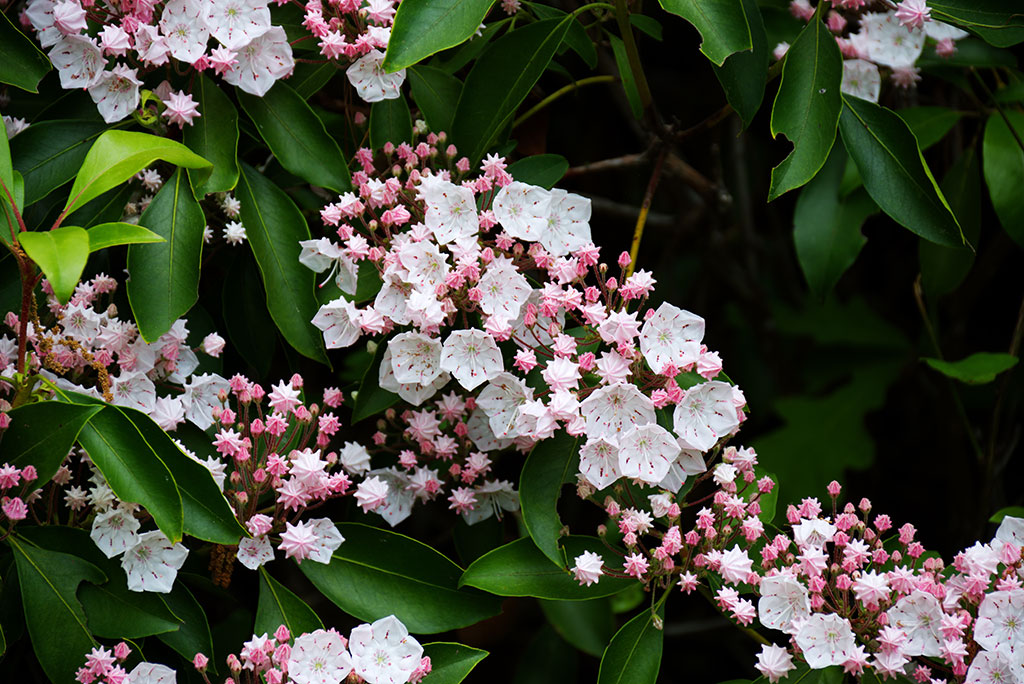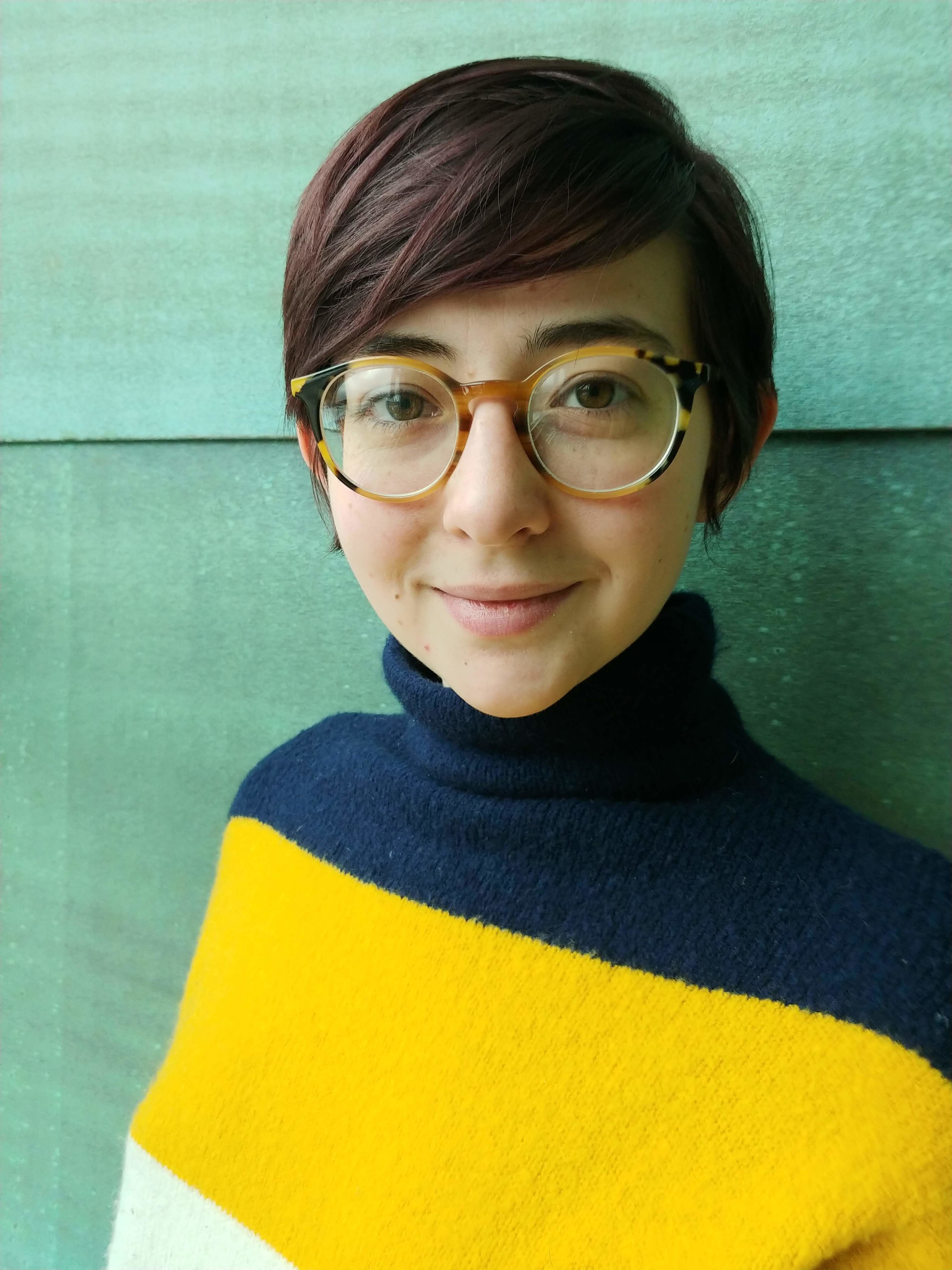When people ask me what landscape architecture is, I usually explain it as “anything designed outside” and “the confluence of design and nature”. I also give examples that range from Central Park to
- *** now booking for spring 2024
- ***
- *** request a consultation today
- ***


